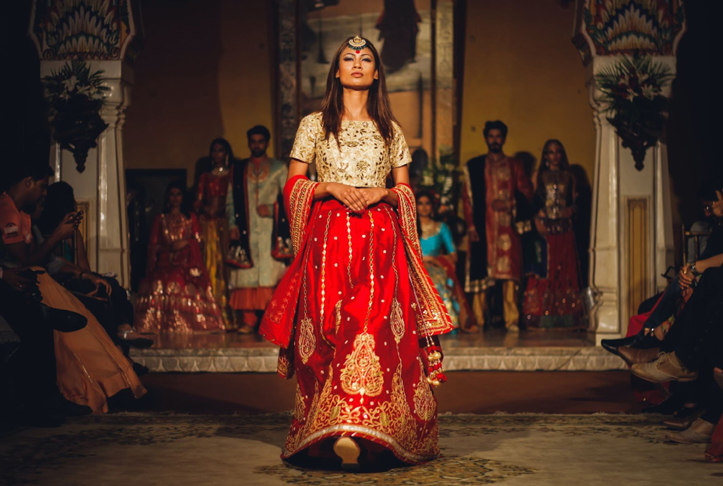The Great Indian Luxury Consumer
To spend is human, to splurge divine
Splurging on luxury goods is no longer a taboo, impulse buying is a pleasurable pastime. The past decades have changed the attitude of the Indian consumers towards these goods. Indian consumers throng high-end stores, looking for that one item, becoming a part of a very dynamic and diverse marketplace that is still growing and will only expand.
Looking back, the country’s economy was in shambles post and pre-independence. Only the royals back then were able to afford these goods. The Patiala Necklace, for example, made by jewellery giant Cartier for Maharaja Bhupinder Singh of Patiala in 1928 and Maharani Gayatri Devi’s silk chiffon sarees, still symbolize opulence and luxury.
“Luxury is not something new for Indians. Luxury existed for us over 500 years ago. There were exquisite silks and spices present then,” says international luxury expert Rajat Bhattacharya.
Fleets of expensive foreign-made cars and clothes of the highest quality, such things were limited to only a select group of people. Interestingly, between 1908 and 1941, India had 1,000 Rolls Royce cars. The Maharaja of Alwar had donated some of these cars, in revenge, to the municipality workers in his state to pick up garbage.
Later on, the common man got access to luxury items through their NRI kin, who would return home with suitcases filled with these goods.
Bollywood, a growing industry then, contributed significantly in shaping people’s opinions around the luxury market. The common man’s idea of luxury in the past was the clothes their favorite actors wore or the cigarettes they smoked. It was only in the 1980s that the first Indian fashion designers entered the market, which until then depended on imported luxury items.
Flash forward to the present and the scenario has changed. The old notion of checking the price tag before buying anything has started changing. It’s not just the price, but also quality and the experience. Owning luxury items has become a matter of pride and self-expression for people. Owning these items helps elevate their social status and gives them immense pleasure.










